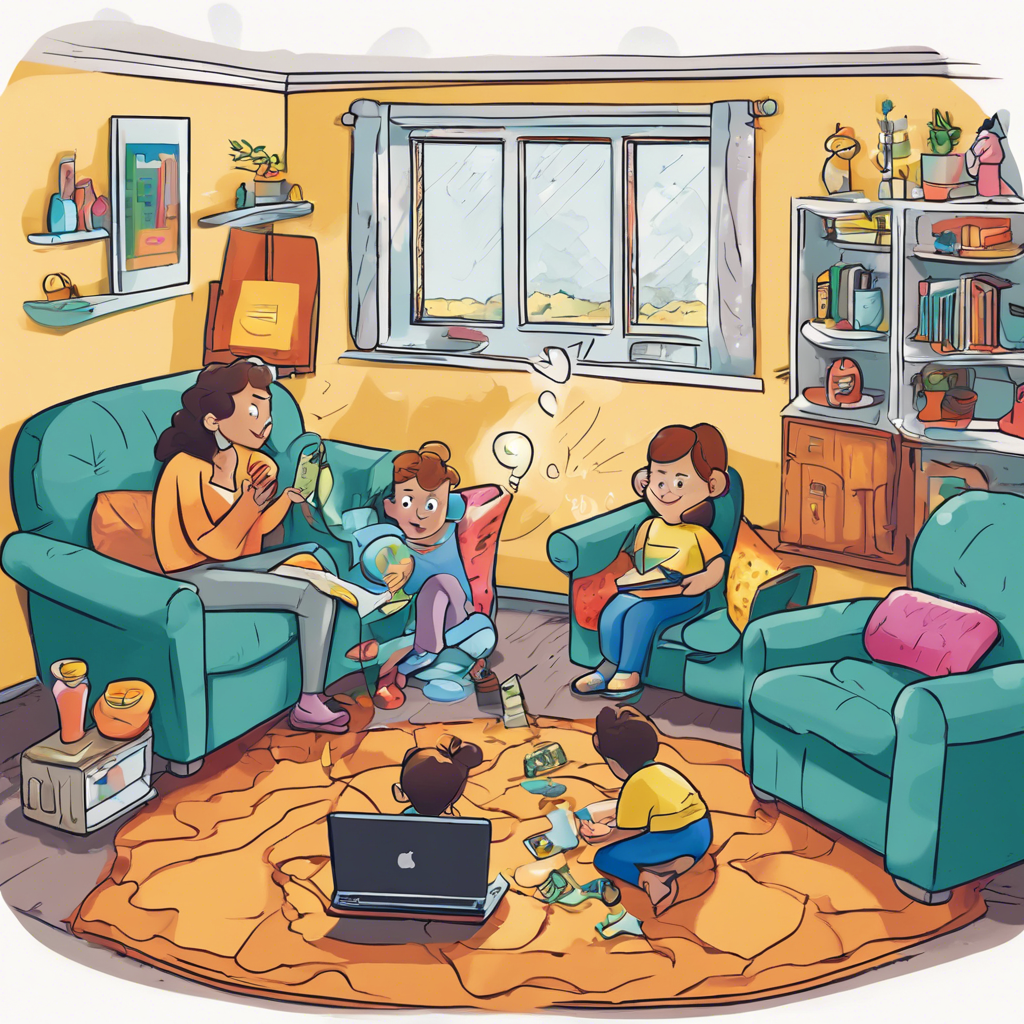How Do Social Hierarchies Shape Dietary Restrictions In Various Societies?
Gathering question image...
Introduction
Dietary restrictions among various cultures are a reflection of the intricate social hierarchies that exist within them. This complex interplay impacts food consumption patterns, the identities of those who eat, and the cultural meanings associated with different foods.
The Impact of Social Class on Dietary Choices and Restrictions
Social hierarchies significantly influence dietary choices and restrictions. In various cultures, higher social classes typically have more access to diverse and often healthier food options, leading to distinct dietary preferences. Individuals belonging to affluent classes may follow exclusive diets that not only promote well-being but also serve to signify their elevated social standing. In contrast, members of lower socio-economic classes might navigate dietary restrictions driven by financial limitations, cultural customs, or religious doctrines.
- Individuals from upper classes often enjoy a wider variety of premium and exotic foods as indicators of status.
- Lower socio-economic groups may encounter dietary restrictions based on the cost and availability of essential food items.
- Specific religious and cultural beliefs dictate dietary habits that differ among social strata.
- The division of foods into 'clean' and 'unclean' categories often mirrors and perpetuates existing social class distinctions.
Cultural Significance of Food as a Symbol of Status
Food plays a pivotal role not only as sustenance but also as a vital component of cultural identity in many societies. For example, certain animals may hold sacred status in particular cultures, leading to their exclusion from the diet. This phenomenon is often linked to higher social beliefs or religious observances, shaping perceptions of dietary restrictions across various social classes.
- Certain foods are emblematic of purity, vitality, and strength—core notions that are tied to one's social position.
- Cultural festivities are frequently centered around foods that resonate with class identity and the community’s values.
- Traditional cuisine can be transformed into status markers through societal rituals and celebrations.
Conclusion
In conclusion, social hierarchies profoundly influence dietary restrictions, positioning food as both a necessity and a powerful symbol of status. Grasping these dynamics offers valuable insights into the cultural practices and community identities that shape our food systems. Investigating these intersections spark critical conversations about health, food access, and equity across different social classes.
Expert Quote
Dr. Marvin Harris, Cultural Anthropologist and Author
Dietary preferences and restrictions within a culture reveal underlying social structures and power dynamics that govern relationships between different groups.
From 'Good to Eat: Riddles of Food and Culture' by Marvin Harris, 1985
Relevant Links
The intersection of culture and cuisine: How food shapes our identity ...
https://www.arts.ubc.ca/news/the-intersection-of-culture-and-cuisine-how-food-shapes-our-identity/Multilevel social structure and diet shape the gut microbiota of the ...
https://microbiomejournal.biomedcentral.com/articles/10.1186/s40168-018-0468-6Fasting or feasting in a fish social hierarchy - ScienceDirect
https://www.sciencedirect.com/science/article/pii/S0960982208002509Courses | Department of Sociology
https://as.tufts.edu/sociology/academics/coursesThe Root Causes of Health Inequity - Communities in Action - NCBI ...
https://www.ncbi.nlm.nih.gov/books/NBK425845/Most popular questions

How Do The Personal Relationships Among Gods Affect Their Decisions In The Iliad?
The intricate relationships among the gods in Homer's epic poem 'The Iliad' play a crucial role in shaping their actions and decisions. These divine interactions create a complex web of fates, where each god's personal alliances and rivalries directly influence the events of the mortal world.

What Strategies Can Parents Use To Educate Their Children About Online Safety Beyond Privacy Settings?
In today's digital landscape, teaching children about online safety is essential for their protection and well-being. While privacy settings play a critical role, parents can implement various strategies to create a thorough understanding of online safety principles among their children.

What Are The Different Types Of Insulation Materials Commonly Used In Buildings, And How Do They Compare In Terms Of Thermal Resistance?
Insulation materials are vital for enhancing energy efficiency in residential and commercial buildings by minimizing heat transfer. Understanding the various insulation types can lead to better choices for thermal resistance and overall comfort.
Most recent questions

What Role Does Audience Engagement Technology Play In Shaping Podcast Content And Distribution Strategies?
Audience engagement technology has revolutionized podcasting, allowing creators to enhance how their shows are developed, distributed, and consumed. By effectively utilizing listener data and innovative technologies, podcasters can tailor their content to better meet audience preferences and behaviors, leading to an improved and more engaging podcast experience.

In What Ways Do Privacy Features Shaped By User Feedback Alter The Development Strategies Of Social Media Platforms?
Privacy features in social media platforms play a crucial role in enhancing user experience and building trust. As users increasingly express their concerns and preferences about online privacy, these platforms are compelled to adapt their strategies significantly to meet user expectations.

What Role Does Music Play In Creating An Atmosphere In A Casino Compared To Ambient Noise?
The role of music in casinos is essential for shaping the overall atmosphere, influencing the emotional responses and behaviors of players. While ambient noise contributes to the sensory experience in a separate yet significant manner, understanding the distinction between music and ambient noise can elevate our appreciation of the casino experience.